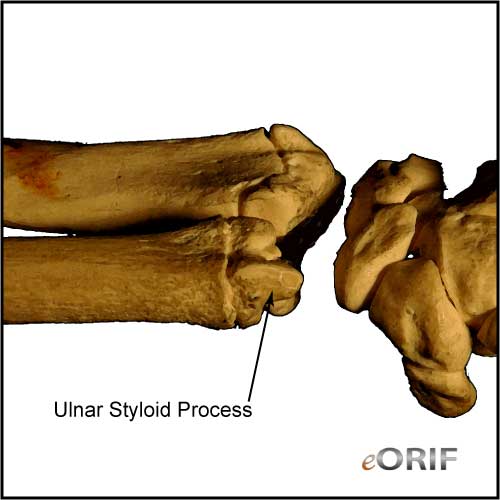 |
synonyms: ulna styloid processs fracture Ulnar Styloid Fracture ICD-10
A- initial encounter for closed fracture B- initial encounter for open fracture type I or II C- initial encounter for open fracture type IIIA, IIIB, or IIIC D- subsequent encounter for closed fracture with routine healing E- subsequent encounter for open fracture type I or II with routine healing F- subsequent encounter for open fracture type IIIA, IIIB, or IIIC with routine healing G- subsequent encounter for closed fracture with delayed healing H- subsequent encounter for open fracture type I or II with delayed healing J- subsequent encounter for open fracture type IIIA, IIIB, or IIIC with delayed healing K- subsequent encounter for closed fracture with nonunion M- subsequent encounter for open fracture type I or II with nonunion N- subsequent encounter for open fracture type IIIA, IIIB, or IIIC with nonunion P- subsequent encounter for closed fracture with malunion Q- subsequent encounter for open fracture type I or II with malunion R- subsequent encounter for open fracture type IIIA, IIIB, or IIIC with malunion
S- sequela
Ulnar Styloid Fracture Etiology / Epidemiology / Natural History
Ulnar Styloid Fracture Anatomy
Ulnar Styloid Fracture Clinical Evaluation
Ulnar Styloid Fracture Xray / Diagnositc Tests
Ulnar Styloid Fracture Classification / Treatment
Ulnar Styloid Fracture Associated Injuries / Differential Diagnosis
Ulnar Styloid Fracture Complications
Ulnar Styloid Fracture Follow-up Care Ulnar Styloid Fracture Review References
|
